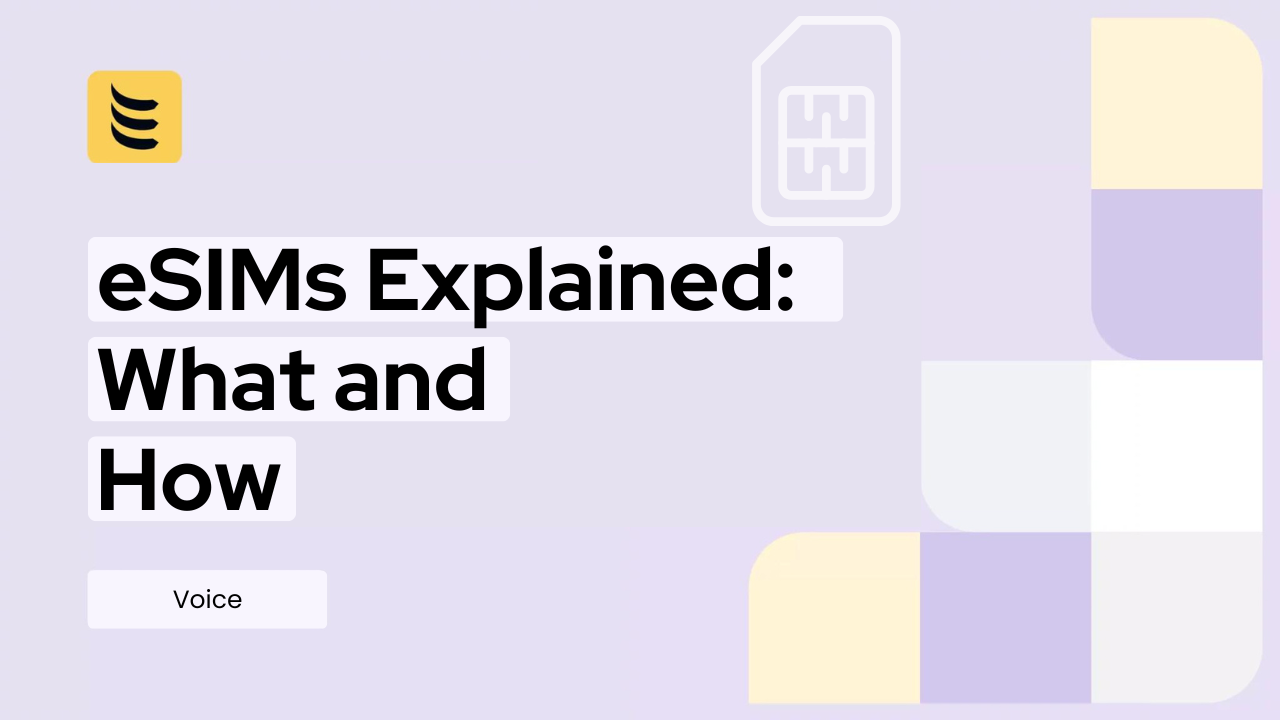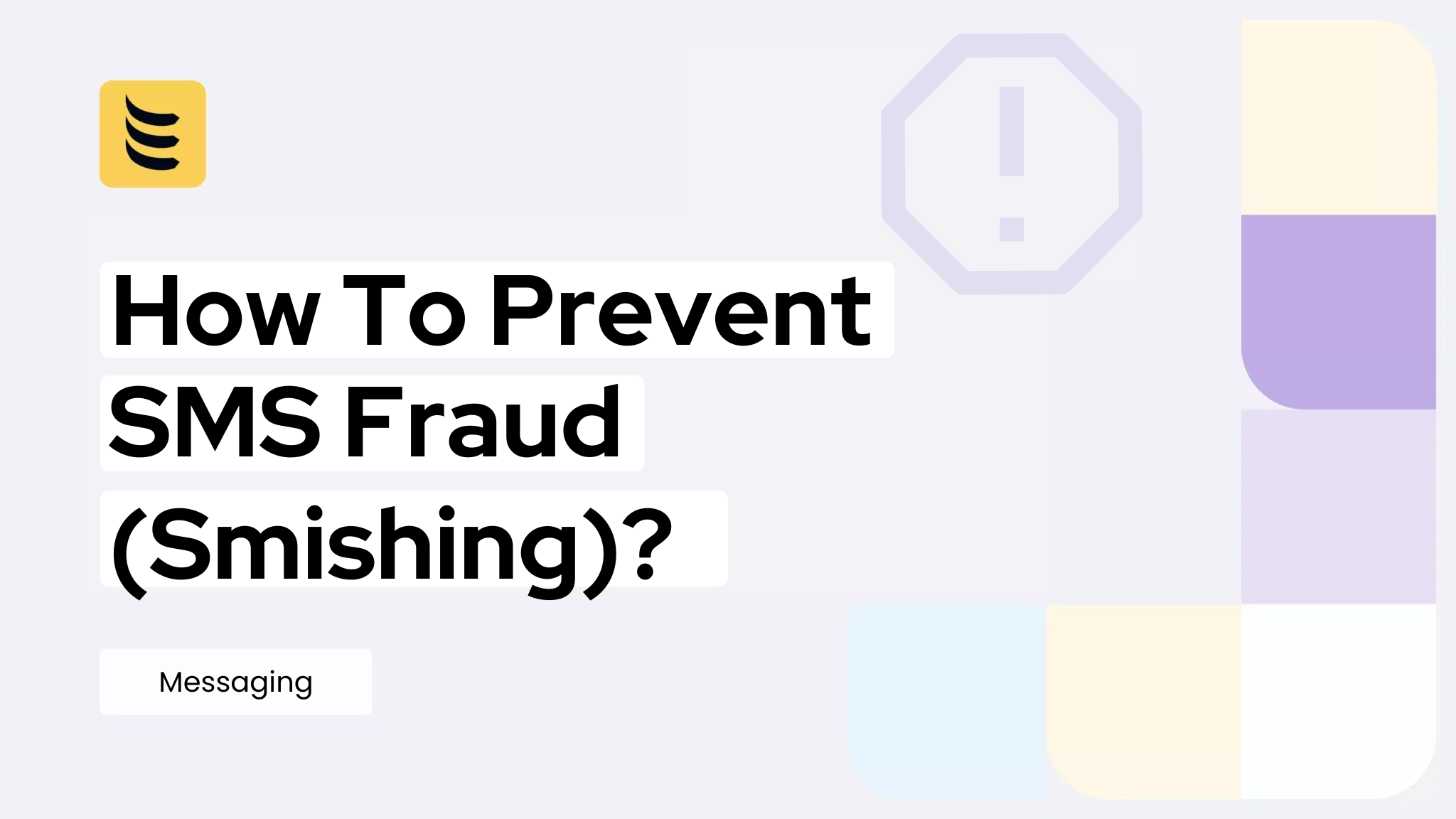VoIP technology not only boosts office productivity by twenty percent, it has also been shown to save businesses up to seventy percent on their communications costs. Having clear, and functional communication technology is essential in any business that relies on real-time voice communication, such as companies that are expanding into international markets or those employing remote workers.
Whether you are using VoIP for internal office communications or to communicate with clients and vendors – quality and sound matter. Discover why it is important to locate the cause of echo as well as potential solutions to those problems.
VoIP Echo
While traditional phone lines can also suffer from echo from time to time, echo is more noticeable on a VoIP system due to the technology’s inherent delay and because the echo is often louder than that on a standard phone system and it is also more common. Clear communication is important in any business that shares detailed information internally. Likewise, avoiding echo and other call quality issues can help ensure that external communications are not only clear but also of high and professional quality.
Main Causes of VoIP Echo
Electrical Imbalances
If a VoIP caller notices an echo on their end, but the other caller using a non-VoIP phone system does not notice the echo – there is a high chance that the problem is an electrical imbalance.
To resolve an electrical imbalance, you’ll need to determine whether or not the echo is local, and how severe it is. If the echo has a long delay, it may still be an external problem involving your network and service provider.
VoIP systems can produce a slight echo as the caller’s voice is fed back into the receiver – this phenomenon is known as sidetone. Echos with greater latency and volume will alert you that there is a problem. In this situation, it is advisable to check all cables, modems, splitters and power sources, and make sure that there is proper grounding, joining, and insulation.
Hardware problems
Poorly designed headphones or handsets can cause the signal to bounce which creates an echo. Tangled or broken wires, faulty headsets, poor design where microphone and earpiece sound can overlap are all examples of hardware issues. In this case, replacement of a faulty part or poor quality equipment will fix the echo.
If you are experiencing a ‘choppy’ sound the problem could be that your router or overall network doesn’t have the bandwidth to handle your volume of packet transactions. One solution to this problem, outside of upgrading your hardware, is making sure that voice calls are properly prioritized on your network.
A choppy sound could also indicate that there is malware or spyware on one of the computers attached to the network. Be sure to run a test to detect if there are any malicious programs running in the background, as an infected computer in the network can negatively impact the sound quality of a VoIP connection.
Acoustic Echo Cancellation vs Echo Suppression
There are two acoustic systems within VoIP that handle echo. One is called Acoustic Echo Cancellation (AEC) and the other one is known as Acoustic Echo Suppression (AES).
AEC begins at the speaker, and looks for distortion, volume and the echo-path and subtracts the calculated echo from the microphone. AES on the other hand, checks the speaker, then the microphone and mutes the microphone when echo is detected. Both systems can be used simultaneously, but for stable systems, AEC is often the better solution. Low resource systems typically rely on AES.
While echo is a common problem – the underlying cause can often be readily diagnosed by looking for hardware issues or electrical imbalances. Persistent echo can also be managed by implementing one or both of these acoustic solutions, or by working with your service provider to resolve any issues on their end.




